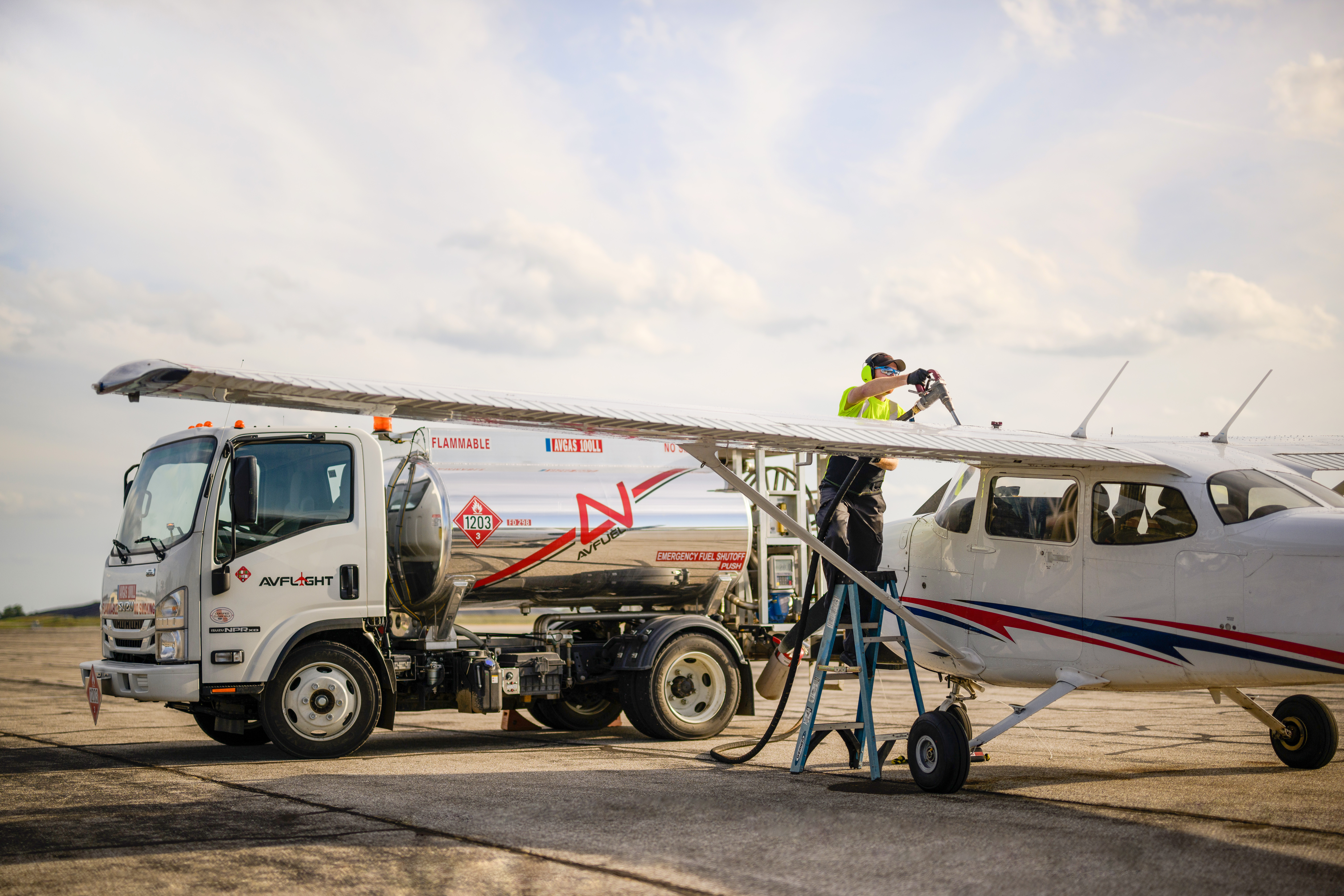


General aviation (GA) stakeholders are applauding the Federal Aviation Administration’s (FAA’s) signature on 1 September to a supplemental type certificate (STC) that permits unleaded avgas G100UL for use in piston-engine aircraft.
“We applaud the approval of G100UL for all piston-engine aircraft,” stated NBAA President and CEO Ed Bolen. “It establishes a framework for other fuel producers to follow as the industry aims for a more sustainable future.”
Bolen also noted that with many of NBAA’s members using a wide range of aircraft, including piston-engine aircraft, this decision by the FAA “offers them a safe, lead-free fuel option.”
Twelve years of research and testing on G100UL were invested into the fuel’s development before its recent approval. Formal approval to use the fuel will be implemented through the FAA’s STC, demonstrating the agency has determined that engines and aircraft operating on G100UL will continue to be compliant with the airworthiness safety standard requirements for Part 33 engines and Part 23 airplanes.
Avfuel collaborates with GAMI to commercialse its high octane unleaded avgas
Following the FAA’s approval, Avfuel, the aviation fuel supplier, announced that it is using its logistics and distribution expertise to collaborate with General Aviation Modifications Inc (GAMI) on the commercialisation of its high-octane unleaded avgas, G100UL.
Noting that this approval marked a momentous occasion for the aviation industry, Craig Sincock, Avfuel Corporation’s President and CEO said:
“Aviators have long been in search of an FAA-approved viable, unleaded avgas solution and GAMI receiving a functional fleet-wide approval for its G100UL is cause for celebration. Avfuel via Avfuel Technology Initiatives Corporation (ATIC) is proud to collaborate with GAMI on the logistics of the fuel’s distribution. Further, we extend a hearty thank you to GAMI for its decades of dedication to the leaded fuel problem and the FAA for its thorough, steadfast vetting of G100UL.”
Sincock was joined by GAMI’s President and Co-founder, Tim Roehl, who added: “It’s a great day for general aviation! Not only can we look forward to a lead-free fuel future, the benefits of G100UL will improve the maintainability and reliability of our engines, enhancing dispatchability and safety!”
Along with earning the FAA’s approval to use G100UL in all spark-ignition piston aircraft and engines in the general aviation fleet, G100UL has also successfully proved to be able to replace and mix with 100LL avgas, a key characteristic for an unleaded avgas solution as it embarks on the ambitious task of replacing low-lead avgas location by location.
While the industry celebrates this milestone, ATIC will continue its work with GAMI to take the fuel from test batches in the lab to airport fuel tanks, using its fuel supply expertise to help the engineering company and industry counterparts navigate the complexities of commercialisation.
“We look forward to working with GAMI and all industry stakeholders – producers, distributors, trade organisations, FBOs and airports – as together we make unleaded fuel a reality by moving into the commercialisation stage of this product,” added Sincock. “We encourage aviators to help this process by continuing to make their voices heard in support of unleaded avgas by communicating with their respective trade organisations.”
ATIC will assist with handling the logistics of G100UL’s distribution, helping to establish a supply chain for responsibly bringing the unleaded avgas to market on a commercial scale. Together, GAMI and ATIC will ensure G100UL avgas is available to all major distributors and vendors on equitable basis in terms of access and economics.
GAMI Co-founder, George Braly, noted that “G100UL will expand nationally over a period of a few years at a pace driven by the rate at which the production and distribution infrastructure can be put in place. The first customers for the fuel are likely to be entities like flight schools. From there, the fuel will gradually become widely available as production of distribution infrastructure is developed.”





